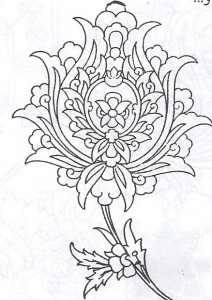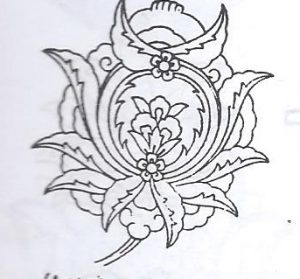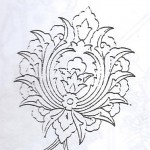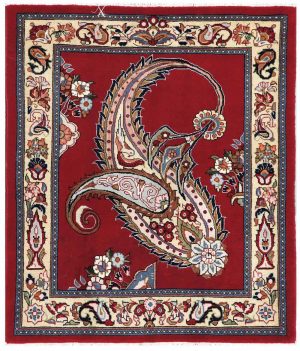Rug Terminology Explained
During the rug buying process, you will inevitably come across several unusual terms. Sure, you can ask the salesperson for what each of the terms means but the more you know beforehand the lesser the chances that you may be taken for a ride.
Warp
In hand-woven rugs, the foundation runs the entire length of the rug. This is called the warp of the rug. Rugs that have a cotton warp tend to have a flatter surface because of the more consistent tension they offer while weaving. A woolen warp, on the other hand, results in a more uneven surface. Village and tribal rugs tend to use mostly woolen warps whereas city rugs typically have a cotton foundation.
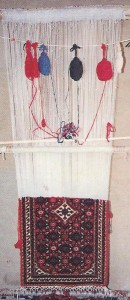
Weft
As the weaver weaves the rugs, the cross threads that are placed over and under the warp threads are called the weft.
Knot
In oriental rugs, you will find that there are two types of knots that are used. The first type of knot, the Persian Senneh, is an asymmetrical knot used usually in superior tribal rugs and also in a few types of complex tribal rugs. Rugs that are woven using asymmetrical knots tend to have a dark side and a light side. The second type of knot is the Turkish Ghiordes. These are symmetrical knots that are used in most tribal rugs. Rugs that are woven using this knotting style are usually heavier-wearing and have a higher pile.

Field
The entire background of the rug is called the field or ground. In some types of rugs, the field is the focus of the rug. There are no motifs or any other geometric patterns that distract the eye.
Border
In oriental rugs, the pattern that runs along the edges of the rug and frames the field design is called the border. For many weavers, this represents a kind of window that overlooks the infinite horizon.
Pile
After forming the knot, the weaver cuts off the wool. These collective cut ends are called the pile of the rug. In some rug types the wool is cut very close to the knot, resulting in a short, neat pile whereas in other rug types the pile is left longer for a dense, lush look. Wool piles are most common in oriental rugs. A combination of wool and silk is used in several city rugs and in the plushest of rugs the pile is almost always exclusively made of silk.
Carding
This is a process that many weavers use to prepare the wool for spinning. In this process, the raw wool is repeatedly drawn across the rows of tiny metal teeth.
Abrash
Abrash is a word of Turkish origin that literally translates to mean ‘mottled or dappled’. In oriental rugs, abrash is used to describe the subtle color variances that can be seen within a field that is actually made up of a single color. These variations are caused by several different reasons. The most common reasons for this could be because of using different batches of dye or because of the tiny differences in the diameter of the yarn used. Abrash is usually only seen in tribal rugs because of the lack of advanced weaving tools or facilities.
Cartouche
Cartouche is a type of pattern that is usually woven along the rug borders. The cartouche could be hexagonal, octagonal or ovoid in shape.
Afshan
The silk pile in urban rugs is called the Afshan.
Arabesque
Some of the more elaborately designed rugs feature continuous lines of shoots and leaves, which are interlaced together in a complex manner. This pattern is called the Arabesque design.
Gul
The origin of this word is debatable. In the Turkish language, it literally translates to ‘roundel’, whereas in the Persian language it means ‘flower’. In oriental rugs, the term Gul is usually used to describe a design element that is woven in an endlessly repeating pattern. The Turkmen weavers loved using these design elements to decorate everything, from bags to rugs and other weavings as well. Every tribe has their own style of weaving and their own distinctive way of arranging the guls. Even the colorations used are characteristic of each weaving tribe. To a skilled eye, these differences in gul arrangements and coloration, say a lot about the origins of the different rugs.
Boteh
Boteh refers to a pear or paisley shaped design that is very commonly seen across several different types of oriental rugs. Different rug weaving regions use the boteh motif to represent different things. Some weavers use the boteh as a pinecone motif, whereas others use it to represent a tree swaying the wind. In addition to these rather straightforward representations, there are others that are more mystical such as the alembic of the spiritual alchemists or the holy flame of Zoroaster.
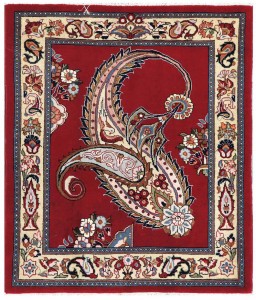
Shah Abbas
Named after the courtier who commissioned this design, the Shah Abbas design element features extravagant swirly feathers and Lotuses. The Shah Abbas pattern is most used in modern style, urban oriental rugs.
Herati
Herati is an all-over pattern consisting of small leaves connected to a small palmette. This is a very popular design and can be seen across numerous types of oriental rugs.
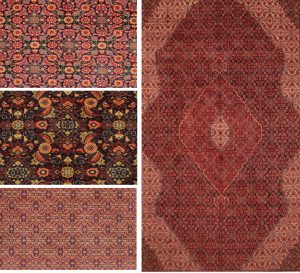
Kurd
The Kurds belonged to a particular tribe that lived and roamed across the Kordistan region of Iran, northern Iraq and eastern Turkey. The rugs produced by Kurdish weavers are unanimously considered to be amongst the finest tribal style rugs that are woven not just in this region but around the world.
